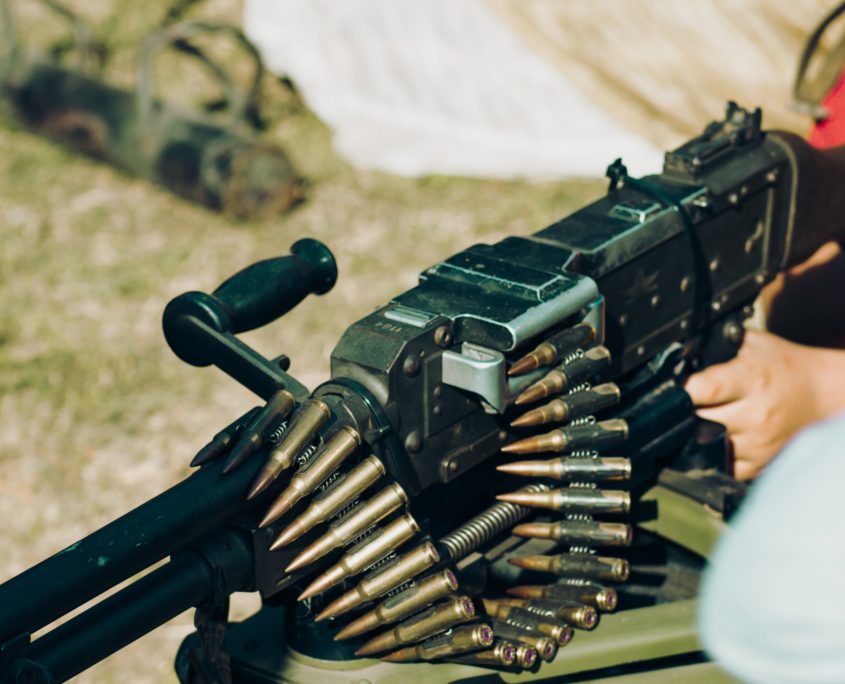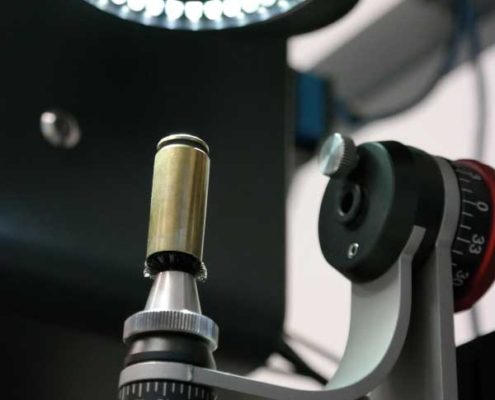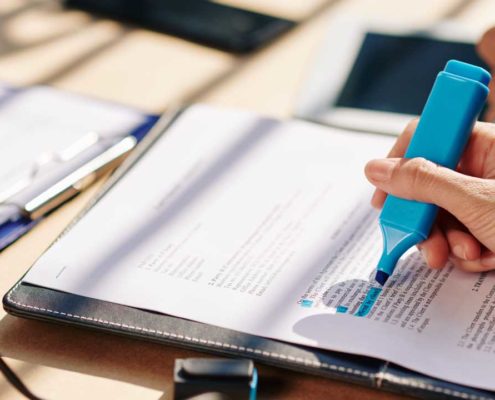 https://arquebus.uk/wp-content/uploads/2022/06/ARQ001-services_ffp_header.png
786
1280
Rohan Harvey
https://arquebus.uk/wp-content/uploads/2022/02/Asset-1arquebus_logo.svg
Rohan Harvey2024-07-01 17:23:332024-07-02 09:25:13NSCS 6: Marking SALW and their Ancillaries
https://arquebus.uk/wp-content/uploads/2022/06/ARQ001-services_ffp_header.png
786
1280
Rohan Harvey
https://arquebus.uk/wp-content/uploads/2022/02/Asset-1arquebus_logo.svg
Rohan Harvey2024-07-01 17:23:332024-07-02 09:25:13NSCS 6: Marking SALW and their AncillariesOne of the major international security implications arising from the conflict in Ukraine is how to manage the long-term threat posed by the huge numbers of Small Arms and Light Weapons (SALW) that are being distributed to the military and civilian population to confront the Russian threat. Arquebus CEO Paul James discusses the parallels to his experience tackling firearms criminality in the Western Balkans alongside UNDP SEESAC, making a call to action for a proactive security response to the crisis.
In May 2022, INTERPOL Head Jurgen Stock stated that “once the guns fall silent (in Ukraine) the illegal weapons will come. We can expect an influx of weapons in Europe and beyond. We should be alarmed, and we have to expect these weapons to be trafficked not only to neighbouring countries but to other continents”.
Ukraine’s approach to the widespread distribution of firearms to the civilian population undoubtedly constitutes a legitimate military tactic at a time of war when the very future of the country is at stake, but it mirrors the situation that occurred during the conflict in the Western Balkans during the 1990s which resulted in millions of unregistered firearms remaining in circulation once the conflict ended.
There can be no doubt that the proliferation of firearms arising from the conflict in the former Yugoslavia has been one of the major sources of illegal trafficking and criminal use of firearms internationally over the past two decades. The good news is that tremendous progress has been made in tackling the problem in this region, and that the lessons learnt can help to focus on how to ensure the situation in Ukraine does not replicate the threat to international security that was realised in the Balkans.
I have been fortunate to witness at first hand the cooperation between all the member states of the Western Balkans and their willingness to work together to remove illegal SALW from circulation and to stem the flow both within and beyond the region. Much of this good work has been coordinated by the UNDP SEESAC team with funding support provided by the EU and International partners. Over the past ten years there have been notable achievements such as the establishment of Firearms Focal Points (FFPs) within nearly all of the jurisdictions, successful amnesty programmes, seizure and destruction initiatives, legislative changes, increased intelligence sharing and joint enforcement activity.
However, one of the most important steps forward in the Western Balkans has been the recognition that effective firearms registration and licensing programmes can lead to the lifecycle management of firearms, and these are an essential part of any successful programme to reduce the threat posed by illegally held SALW.
Only last week the Chief of the Main Directorate of the National Police in Kyiv, Ivan Vyhosky revealed that the seizure of illegal SALW in Kyiv had increased dramatically during Russia’s military aggression against Ukraine, leading to the seizure of 433 firearms, 11 grenade launchers, 9 machine guns, 187 assault rifles, 145 pistols, more than 73,000 rounds of ammunition and 212 grenades.
According to General Vyhosky, it is necessary for the Ukraine authorities to “create a unified register of weapons and streamline the issue of legalisation of weapons”. He also commented on the need to risk assess the psychological readiness of the civilian population to have firearms for their own protection as part of a licensing programme.
To put this into context, the Small Arms Survey estimates that prior to the conflict with Russia, Ukraine had around 2 million registered and at least 2-3 million unregistered firearms. These numbers will pale into insignificance once the introduction of additional firearms into the country from the current conflict are considered and unfortunately, a large number of these guns will be unregistered.
There are two important matters that need to be addressed in Ukraine. The first of which is to ensure that there is a structured policy and methodology for recording and monitoring the issue of SALW in a manner that enables effective control and management of these weapons. The second consideration is to ensure that in a post conflict situation there is a strategy to manage the risk posed by the widespread proliferation of SALW to the security of Ukraine and the wider region.
Traditionally the international response to tackling the proliferation of firearms from theatres of war has been reactive, and only implemented in earnest once hostilities have ceased. There are several good examples of the necessary coordinated steps to be taken under such circumstances, which commonly involves a national amnesty whereby the holders of unregistered firearms are strongly encouraged to either surrender their firearms or apply to have them officially registered and licensed. This is accompanied by strict legislation criminalising the possession of unregistered firearms once the amnesty period has concluded.
This ‘carrot and stick’ approach has been very effectively implemented in Croatia since 2007 in the form of the Voluntary Weapon Circulation Programme (VWCP). However, we can no longer afford to wait until ‘post conflict’ situations before acting on managing the proliferation of firearms. Proactive efforts to manage the distribution and registration of firearms at source will dramatically reduce the threat of guns being diverted into illicit channels, in both the short and long term.
This is where we need to draw upon the lessons gained in the Western Balkans and elsewhere and provide the necessary proactive support to Ukraine in their efforts to develop a means of managing and controlling SALW currently in circulation.
There can be no excuse for deferring action until the conflict has come to its conclusion as it will be too late, and we will be in the same situation that we were at the conclusion of the Balkans conflict in 1999. By acting now, it is possible to pre-empt this threat and pro-actively support Ukraine in managing a vitally important but often overlooked side effect of the conflict with Russia.








